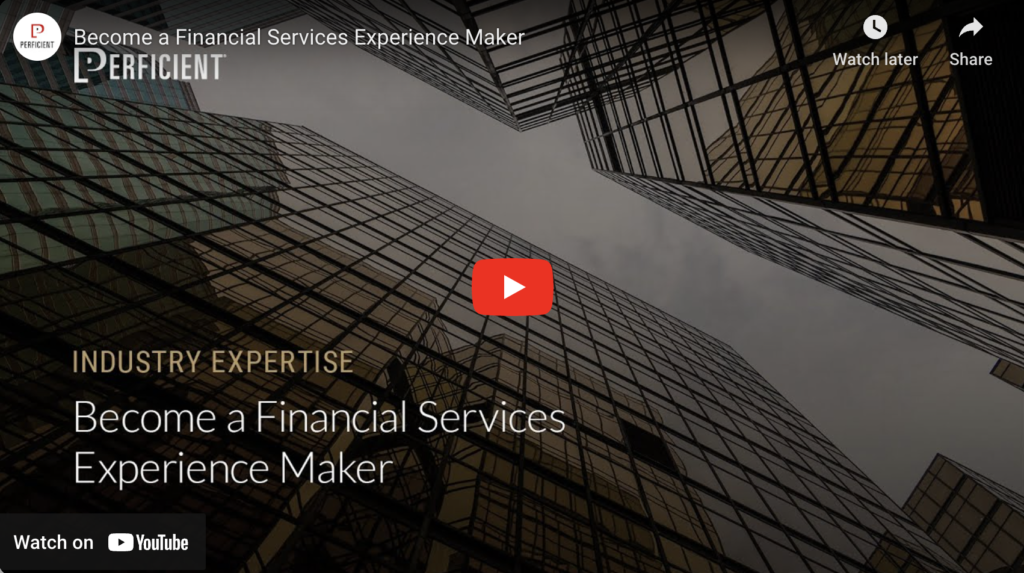Many banks found it challenging to capture and process loan applications that were submitted in response to the SBA’s Paycheck Protection Program (PPP). The program has been intense – many of our bank customers pulled operations staff off all other tasks to processes PPP applications, sometimes going 24 hours per day.
We learned that some banks missed out on the first round of PPP because they didn’t have a portal up and running to accept borrower applications. That’s a significant loss, considering that banks receive a commission from the government for every loan that is processed. The average loan in the first round of funding was $206,000. According to the U.S. Department of the Treasury, the SBA pays lenders a 1-5% commission, so each unprocessed loan represented a revenue opportunity of $9,200 for a bank.
These PPP fees are important to banks. They are using PPP fees and interest to fund loan loss reserves and to avoid meaningful tangible book value impairments. That helps them protect their stock prices and dividends.
PPP is also an opportunity to create favorable brand impressions with existing and prospective customers – banks that fumbled processing applications didn’t do themselves any favors with their small business customers, and some banks received lots of negative press.
In this environment, the rocky deployment and management of the Paycheck Protection Program could hurt a bank’s reputation even if the problems were not entirely their fault. Rapidly deployed, high-quality solutions that enhance the experiences that small business owners have with their banks are the “moment-of-truth” experiences we all talk about when we talk about great customer experiences.
How Will Banks Administer the PPP Loan Forgiveness Process?
A lot of our bank customers anticipate the burden on banks will be much more significant than initially thought. All of the banks we have talked to haven’t really thought about how they will support the loan servicing aspect, possibly because the workload is spread over a more extended period.
However, the loan forgiveness process isn’t simple. Borrowers have to reapply for loan forgiveness. This is a separate application that requires supporting documentation to prove they used the money, according to the SBA guidelines. There are nuanced calculations that need to be completed regarding payroll, part-time vs. full-time employee salaries, and approved expenses.
I anticipate that PPP loans have a relatively short life since banks will either sell them back to the Federal Reserve or borrowers will be asking for loan forgiveness by year-end 2020. I believe banks will want to get ahead of this quickly and not commit to new full-time hires or the expansion of back-office processing groups to deal with the work, as it will most likely slow down significantly after the first of the new year.
So, now is the time to start planning to meet the increasing demands across the end-to-end lending process required by the unique provisions of the CARES Act. For lenders participating in the PPP, I’ll leave you with a few tips.
Top Considerations for Streamlining a Loan Forgiveness Activities
- Track and report status of loan forgiveness applications
- Guide borrowers to receiving the maximum benefits they are entitled to with loan forgiveness calculators so that borrowers can understand how much of the loan can be forgiven
- Gather, receive, and automate all of the required additional PPP loan forgiveness documents such as:
- Tax Forms (940 or 943, 1040 Schedule C, 1099-MISC)
- 2019 Payroll processor records including gross salaries and wages similar to those produced by acceptable payroll providers, such as ADP, Paycom, SAP, Ceridian, Intuit/QuickBooks, Paylocity, Workday, Paychex
- 2020 Tax form 941 or payroll processor records (ADP, QuickBooks, Workday & more)
- Income and expenses (profit & loss statement)
- Bank account statements
- Implement and integrate customer engagement and virtual agent solutions to engage with customers across channels and enable faster responses to borrow inquiries
- Provide educational content so that borrowers can be strategic when thinking about how to bring employees back and spend the funds
If you require skilled banking operations resources or technology solutions that can support your Paycheck Protection Program loan processing and forgiveness efforts quickly, Perficient is prepared to meet your needs. Please reach out to me to discuss your interest.

